Publishers have many tools to get and maintain a revenue growth path. One of the key metrics they can monitor and influence is page RPM. This is an important metric to identify issues along with the impact of advertising. Although RPM is a very volatile metric, there are many strategies you can implement to influence this metric and increase your overall advertising revenue.
Table of Contents
What is Google Page RPM?
Google Page RPM is an abbreviation for revenue per mill or revenue per thousand and is a digital advertising metric used by publishers to estimate the revenue a site can generate for every thousand page views.
eCPM, however, is an acronym for “Effective Cost Per Mill”. It is used on many platforms that make money through display advertising such as desktop, mobile, app, and video. It is important to understand that page RPM and eCPM are essentially identical. As a result, Google exchanges these terms.
How to calculate the Page RPM?
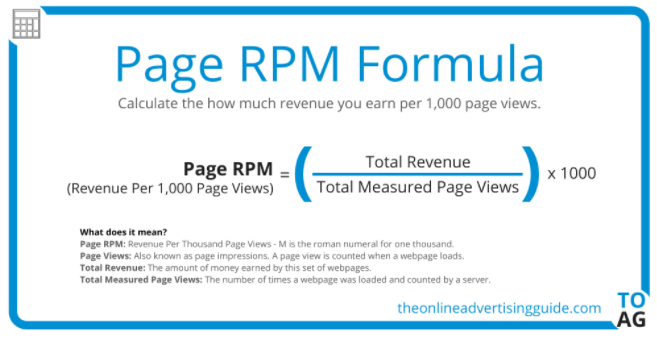
Page RPM is calculated by dividing your total revenue or ad revenue by the total number of page views and multiplying the result by 1000:
Page RPM = (Estimated Earnings / Total Page Views) * 1000
For example, if you have 1900 page views and an estimated advertising revenue of $ 19 per month, your page RPM ($ 19/1900) * 1000 = $ 10.
What affects Google Page RPM?
There are two metrics that directly affect your Google RPM:
1. Click-Through Rate (CTR)
It measures the number of clicks on an ad per thousand ad impressions. The more clicks on an advertiser’s ads, the more publishers get paid. In short, increasing CTR increases page revenue. Higher CTR means that the publisher is offering a higher-quality placement for that type of advertising, which allows the publisher to receive a higher price per click on the ad placement bid.
2. Cost per click (CPC)
It measures how much the advertiser is willing to pay to click on the ad placed on the publisher’s site. The content of the CPC statement varies depending on the context and relevance.
Publishers should make sure to keep both CTR and CPC as high as possible because increasing these two parameters will increase their page RPM.
Publishers can use a number of strategies to maximize the effectiveness of their advertising real estate. Here are some of the best ways publishers can increase page RPMs.
11 ways to increase Your Google page RPM
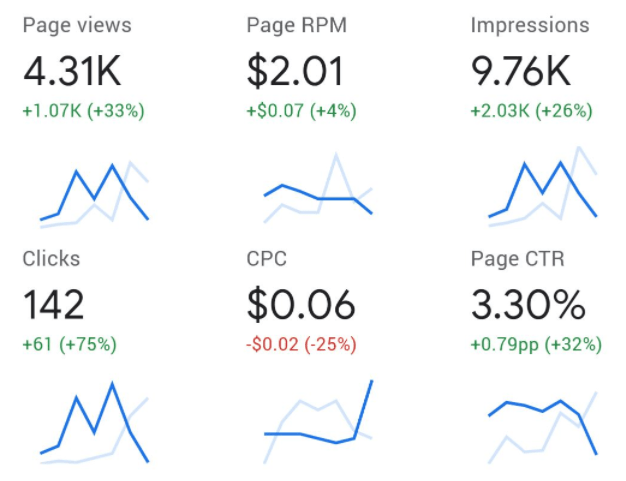
The steps you take to increase your page RPM will not have an immediate effect. When testing A/B (learn about A/B testing from here) to implement any of these recommendations, remember to use a substantial sample size and allow each experiment to run for at least a week before evaluating the results.
There are three main areas where you can work to improve page RPM: your own website, the ads that appear on your site, and your site visitors. Learn about engagement rate.
1. Speed up the site and fix technical issues
Increasing the loading speed of your site and ads is an important factor in improving the user experience and ad view. But you should also pay attention to other technical issues that can damage your performance, such as mobile rendering issues or broken links. These technical issues have a gradual, accumulated negative impact on your SEO efforts, which can also affect your page RPM.
2. Focus on the quality of your content
It may be cliche at this point, but focusing on the quality of your content is the foundation that allows you to order high page RPM. Having important content for your audience will have an impact on all other metrics and optimizations. True, having great content does not guarantee success. We all know great publications that just have high-quality content missing. But look from the other side: Do you know how many successful, consistent sites have bad content?
3. Suggest relevant content to manage user engagement
Content recommendation engines are designed to provide navigational avenues for relevant content to engage users and increase their time on the page and across the site. Increasing the number of page views increases the RPM of your page, as it increases the likelihood that the user will click on the ad.
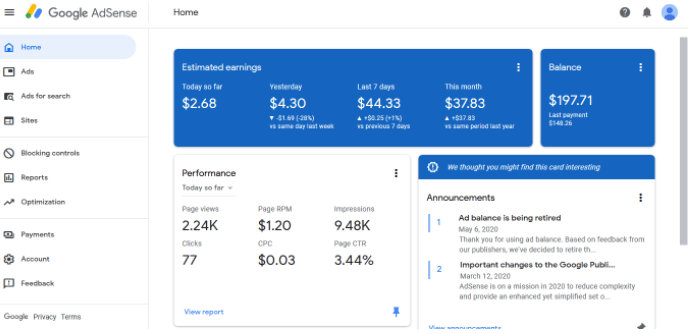
4. Increase ad view
How effective is an ad that the user has not seen? Not very effective. Advertisers and publishers are increasingly using this metric to measure advertising campaigns. There is a growing tendency among advertisers to pay only for their visible impressions. According to E-marketer, the ability to view ads on the desktop is about 50%.
This means that almost half of the advertising investment goes to ads that no one has ever seen. For publishers, if the industry turns to overnight pay-only impressions, they will lose a significant portion of their revenue. Therefore, taking steps to increase ad visibility will be of interest to everyone.
According to our research, there is a strong correlation between ad visibility and CPM, which means that increased visibility directly affects your page RPM. Reducing ad waiting time (increasing ad loading speed) is one factor that affects ad visibility. Improving your ad layout and placement can also help you increase the visibility of your ads.
6. Diversify your ad network
The fill rate is an online advertising metric that defines how many ad placements a publisher can fill with ads. You should aim for a higher filling rate to maximize your income potential. It is impossible to reach a 100% fill rate due to external issues such as network issues or visitors closing the site before the ad loads.
One strategy to increase your filling rate is to work with an ad server that allows you to diversify your ad providers. You can show your own direct campaigns first, and then fill the remaining ad placements with multiple ad networks. Doing so allows you to display the most profitable ad in each case and maximize your fill rate with multiple options for advertising.
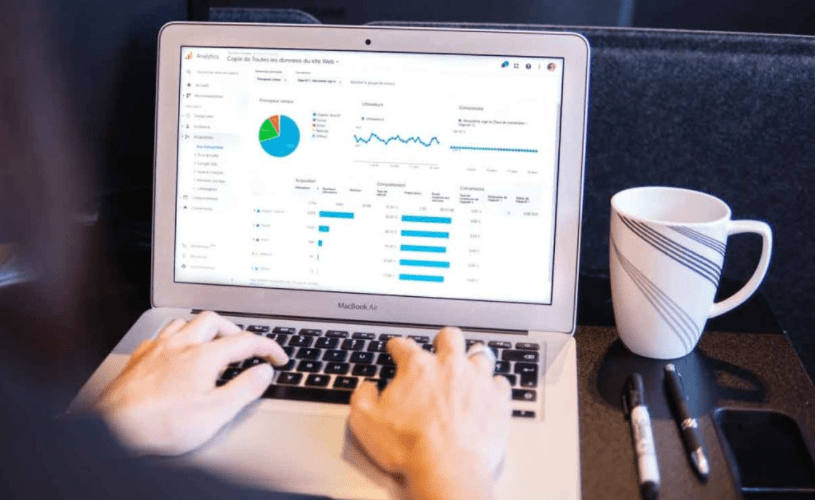
5. Customize your ad format and size
You can accept different types of advertising formats on your site: text, display, video, rich media, or expandable ads. Some advertising formats have a high cost per click and impression. This does not mean that converting all your ad inventory into video ads will help you to increase your page RPM. You need to experiment and find the right combination of formats that will allow you to maximize your advertising revenue.
There are also a variety of ad sizes defined and standardized by industry organizations such as IAB. The Interactive Advertising Bureau has released 2017 guidelines that rely on image ratio rather than a fixed size.
Specific ad sizes are used more by advertisers, resulting in more competition. Applying these ads will increase the CPC of your ads, resulting in higher page RPM. Some ad sizes are more effective and have more CPCs than others. You should do your own experiments to find out which ad size works best for you, but generally, a wider ad size has more CPC.
7. Use header bidding
Header bidding is a programmatic advertising technique that allows you to offer your ad space to multiple ad networks, then bid for the opportunity to place an ad on your content. Allowing ad exchanges to compete for ad placement is an effective way to increase your ad revenue.
Instead of selling your listing to the largest advertising exchanges using the traditional ad sales waterfall model, you sell your location to the highest bidding exchange. Switching from waterfall to header bidding also reduces ad loading times, increasing ad viewing efficiency and effectiveness.
8. Make sure the ads are relevant to your audience
Setting the right goal for your customers is an important step in increasing the RPM of your page. Showing relevant ads to your audience will increase their impact because they are more likely to click on the ad. You can set different goals for different sections or topics on your website to increase the increased image of your ads.
9. Provide a great user experience for your readers
Your visitors did not come to your site to bomb with ads and information. They came to access and use the content you created. Measuring is difficult sometimes, but a great customer experience will make your audience more engaged and trustworthy.
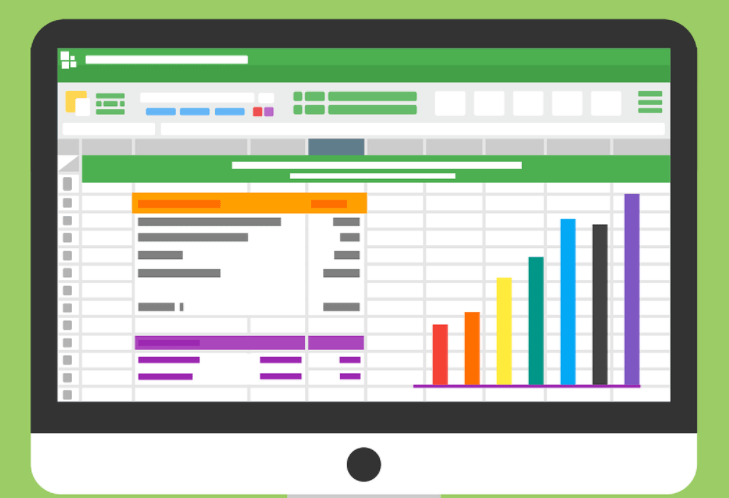
Bounce rate and repeat visits are two metrics you can monitor to measure improvements in user experience. Frequent visitors increase the RPM of your page over time. This is a more consistent approach than implementing ad formats that can choke or block your audience with ads that hinder users from doing their job.
10. Apply Ad Refresh
With Ad Refresh, you can show multiple ads to a single user in single ad placement. Once a condition is met, the time on the page, the action was taken by the visitor or any other event, the current ad will be refreshed and replaced with a different ad. You only need to refresh the ad units that the user is currently viewing. Even if the CPM for those impressions is lower than the first ad shown, you will increase the RPM of your page.
11. Optimize traffic for quality
Your traffic acquisition efforts should be aimed at simply increasing traffic quality. Organic users are usually high-quality because they came to your site because they found your content related to your search query. But depending on the content, you may see a different image on your site.
The best approach is to create a profile of your referral source and see which traffic source brings the most engaged users. You can use that profile to focus your traffic acquisition efforts on high-quality traffic resources. The more engaged the audience the more attractive the advertisers will be, which will increase their bids for the ads on your site, increasing your page RPM.
Why does the Google Page RPM change?
As an approximation metric, it is natural for Google page RPMs to fluctuate and fluctuate, so it is important to monitor trends and use rolling averages rather than focusing on daily metric updates. Any changes you apply may take some time to affect your Google RPM, so give each optimization enough time to assess its effectiveness. However, you should never stop testing, experimenting, analyzing, and optimizing.
Remember that Page RPM is only one part of the story. For example, you can reduce page RPM due to increased traffic, which will also increase your total ad revenue. Combine page RPM with other metrics to get a complete picture of your site’s success and ways to increase your advertising revenue.
Hope! You find this information helpful. Don’t forget to share and leave your comments. Thank you


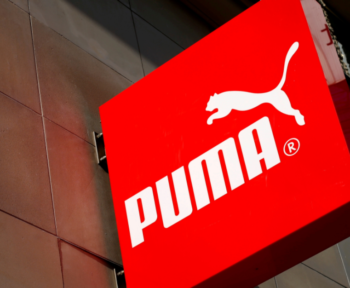
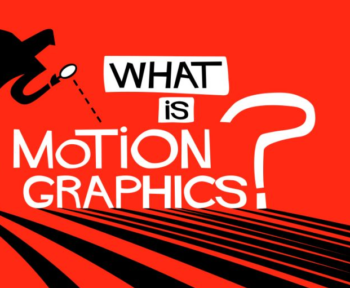


3 Comments
Edwin
This website definitely has all of the information I wanted concerning this subject and didn’t know who to ask.
Edge Bill
Truly I really admire your piece of writing. Thank you for providing so much utility and for free
inamdurrani60
Thank you For your appreciation